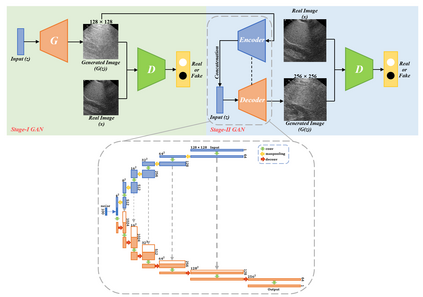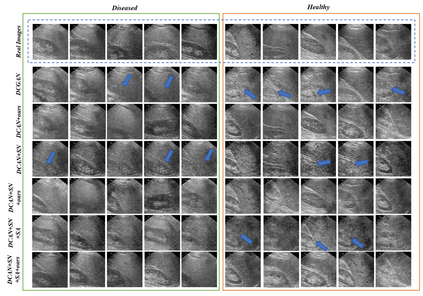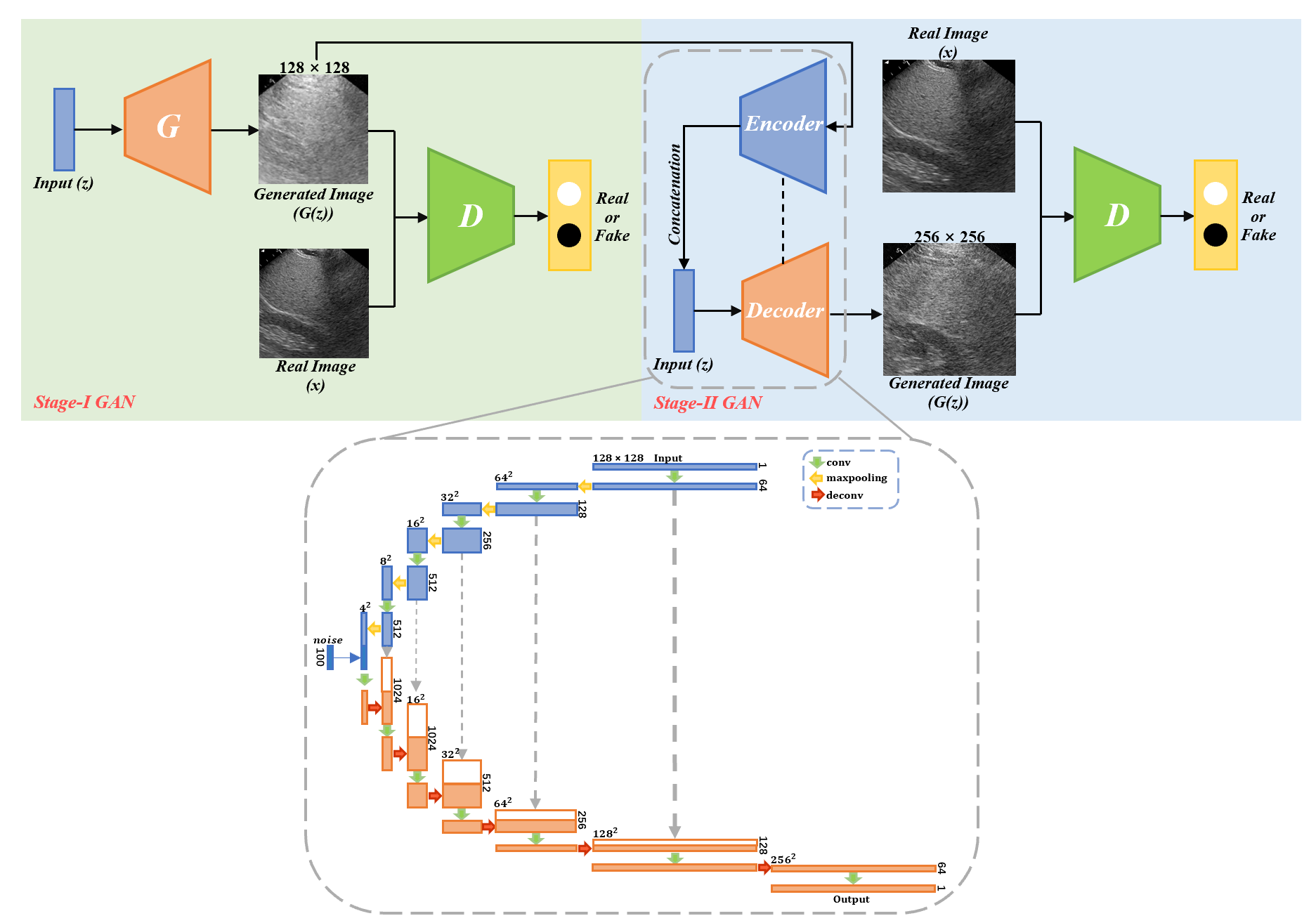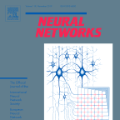With the success of deep learning-based methods applied in medical image analysis, convolutional neural networks (CNNs) have been investigated for classifying liver disease from ultrasound (US) data. However, the scarcity of available large-scale labeled US data has hindered the success of CNNs for classifying liver disease from US data. In this work, we propose a novel generative adversarial network (GAN) architecture for realistic diseased and healthy liver US image synthesis. We adopt the concept of stacking to synthesize realistic liver US data. Quantitative and qualitative evaluation is performed on 550 in-vivo B-mode liver US images collected from 55 subjects. We also show that the synthesized images, together with real in vivo data, can be used to significantly improve the performance of traditional CNN architectures for Nonalcoholic fatty liver disease (NAFLD) classification.
翻译:由于在医学图像分析中成功地采用了基于深层次学习的方法,对进化神经网络(CNNs)进行了调查,以便从超声波(美国)数据中将肝病分类,然而,现有大规模贴有标签的美国数据稀缺,妨碍了CNN从美国数据中将肝病分类的成功。在这项工作中,我们提出了一个新的基因对抗网络(GAN)架构,用于现实的疾病和健康的肝脏图像合成。我们采用了堆叠概念,将现实的肝脏美国数据综合起来。对从55个主题收集的550个在VVi B-mode的美国肝脏图像进行了定量和定性评估。我们还表明,合成图像与真实的活性数据一起,可以用来大大改善CNN传统非酒精脂肪肝病分类结构(NAFLD)的性能。







